
Yiford’s 10mm LED Connectors for CCT, RGB, and RGBIC COB LED Strips
Discover the power of Yiford’s 10mm LED connectors designed for CCT LED strips, RGB COB LED strips, and RGBIC COB LED strip lights. This comprehensive guide explores Yiford’s innovative range of connectors for COB LED strip lights, including solutions for RGB addressable LED strips and CCT LED strip lights, tailored for 3-pin and 4-pin 10mm configurations. Whether you’re a manufacturer seeking efficient production with a reliable connector for RGB, a lighting design company aiming for seamless installations, or a lighting art design firm crafting stunning visuals with a connector for RGBIC COB LED strip lights, Yiford offers unmatched quality and versatility. Learn how to joint RGB LED strip lights effortlessly and explore the technical advantages, applications, and compatibility of these connectors with Yiford’s cutting-edge LED strips. From simplifying complex setups to enabling creative freedom, Yiford’s 10mm LED connector solutions illuminate every project. Dive into this article to uncover the benefits of using a connector for RGB addressable LED strips and transform your lighting designs with precision and ease. Visit Yiford’s website to explore their full range and elevate your next project today!



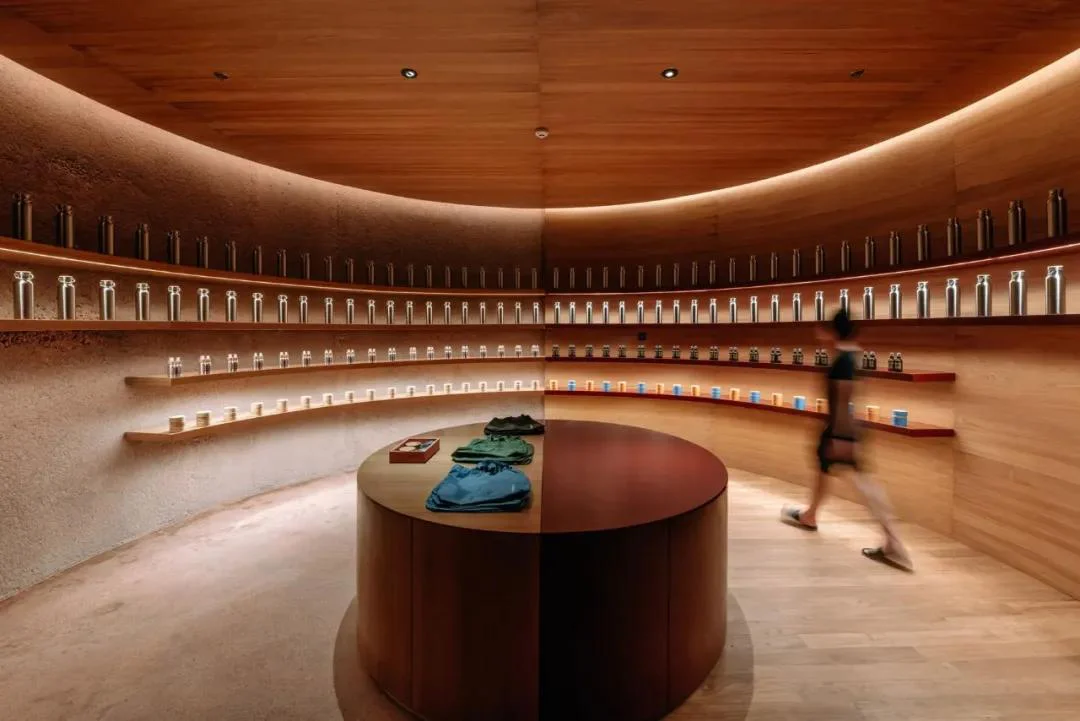
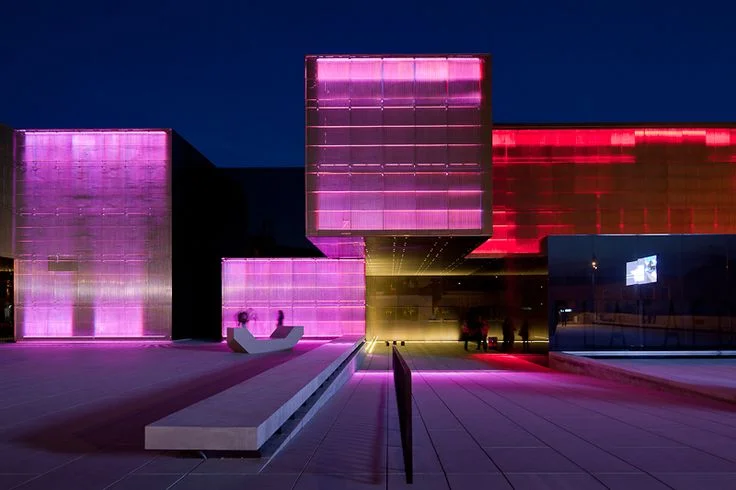
 Round Tube
Round Tube
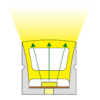 Topview Tube
Topview Tube
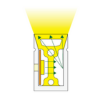 Sideview Tube
Sideview Tube
 With Fringe
With Fringe
 Black Tube
Black Tube
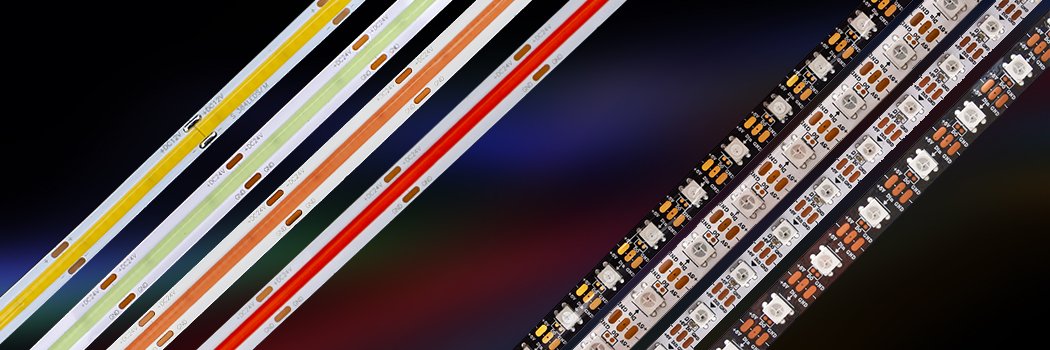

 Light Accessories
Light Accessories
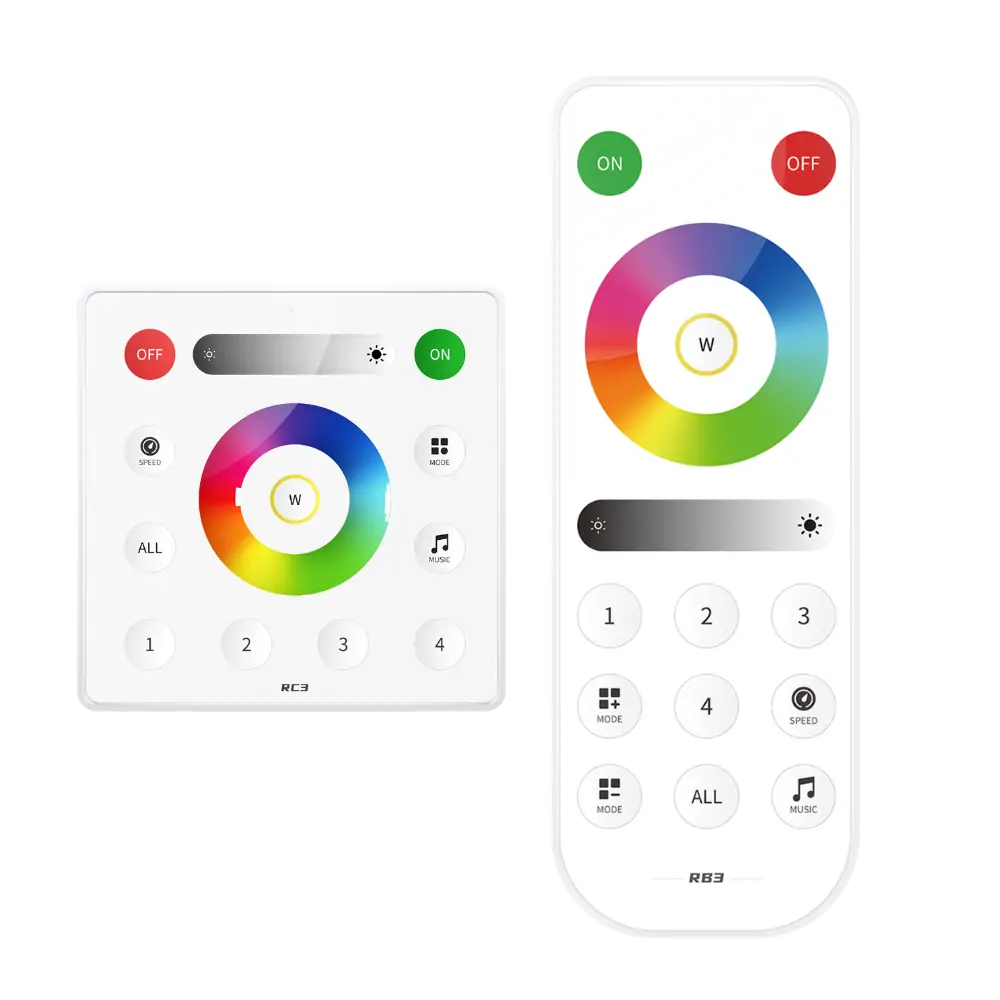
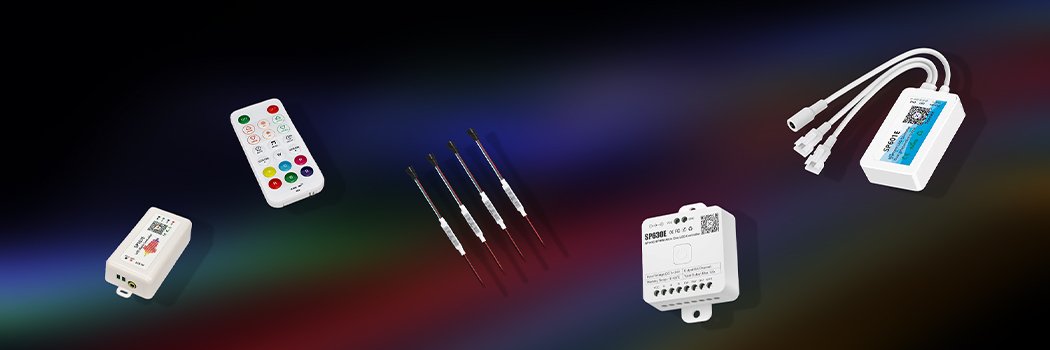


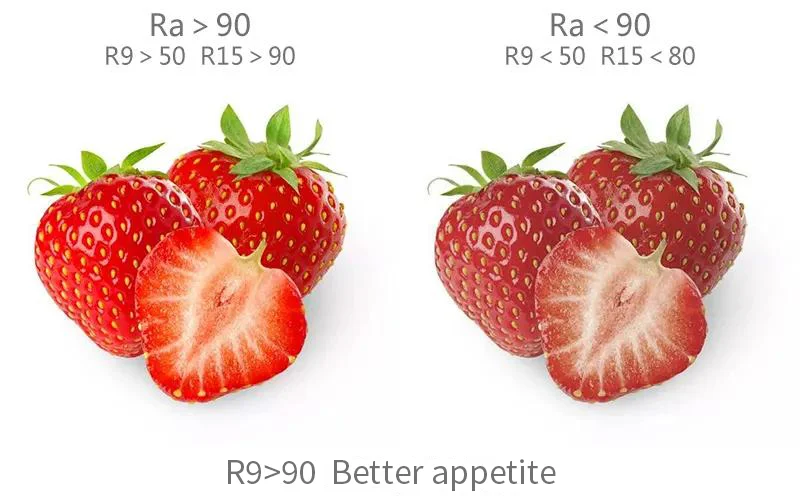


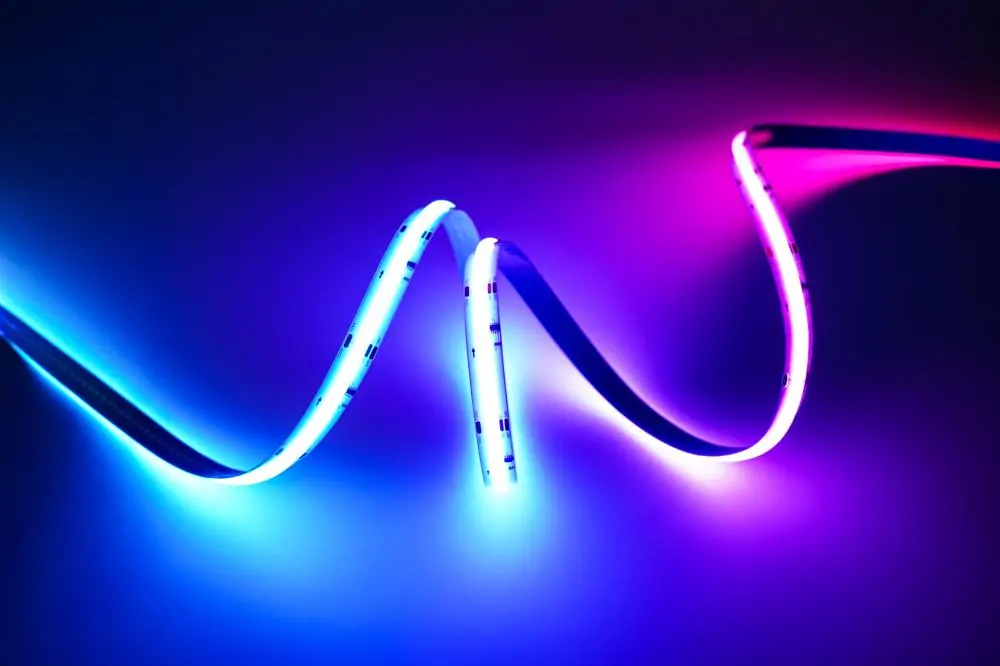
 COB LED Strip Lights
COB LED Strip Lights